After a series of teasers, the new Huracan Sterrato finally made an official debut at Art Basel in Miami. The long-awaited all-terrain supercar did not disappoint, with its sleek design and powerful engine.
The Sterrato, though still looking like it belongs to the Huracán range, has some subtle differences in styling that make it look more like an off-roader. These include flared wheel arches, roof rails and another set of front lights (these last ones won't be on American cars because they're not homologated). The coupe sits higher than the regular Huracán and rides on 19-inch wheels.

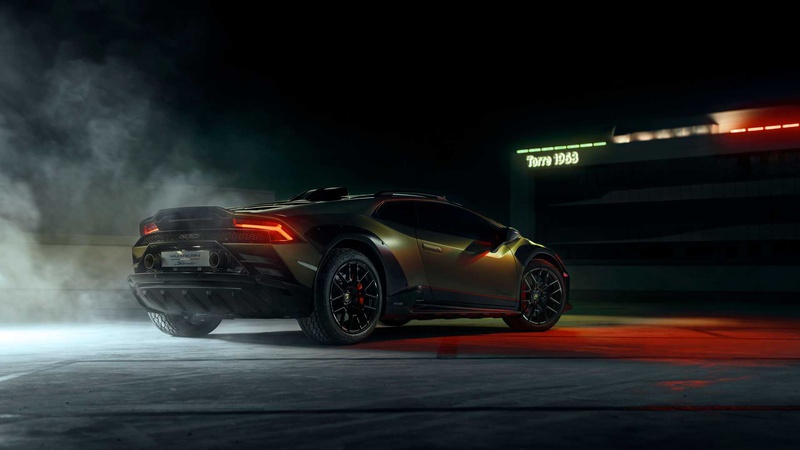
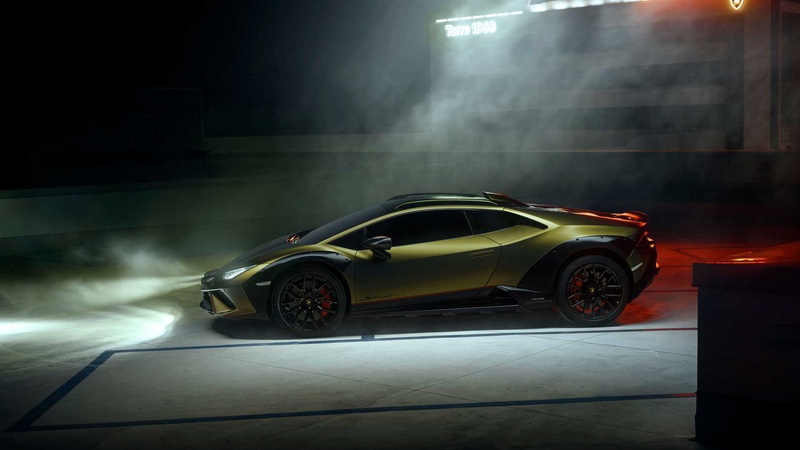


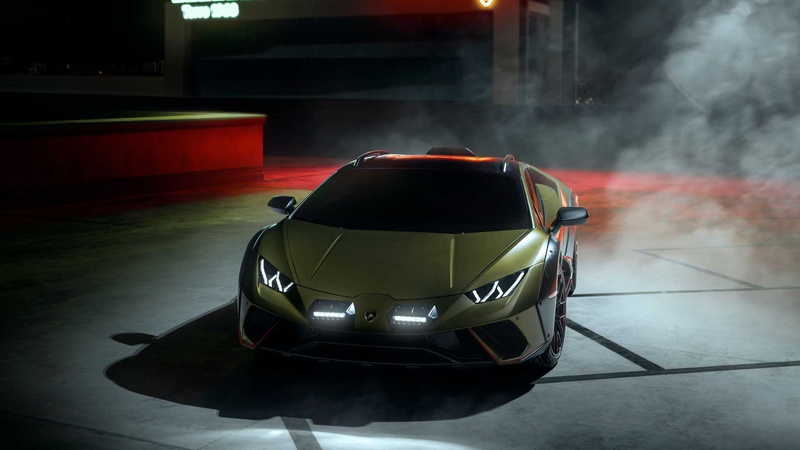

Lamborghini Huracan Sterrato
The suspension had to be significantly modified to allow the car to speed across the desert.
"From a geometric point of view, we increased the ride height by 44 millimeters, the front track by 30 millimeters, and the rear track by 34 millimeters. We also increased the front and rear wheel travel by 25% and 35%, respectively, to ensure that even if you drive at high speeds the wheels follow the surface. From the hardware perspective, we reduced the spring stiffness to allow for more rolling and pitching, reduced the damper forces, and recalibrated all of the systems including the traction control and ABS systems," Rouven Mohr, the head of Lamborghini's research and development department, told.
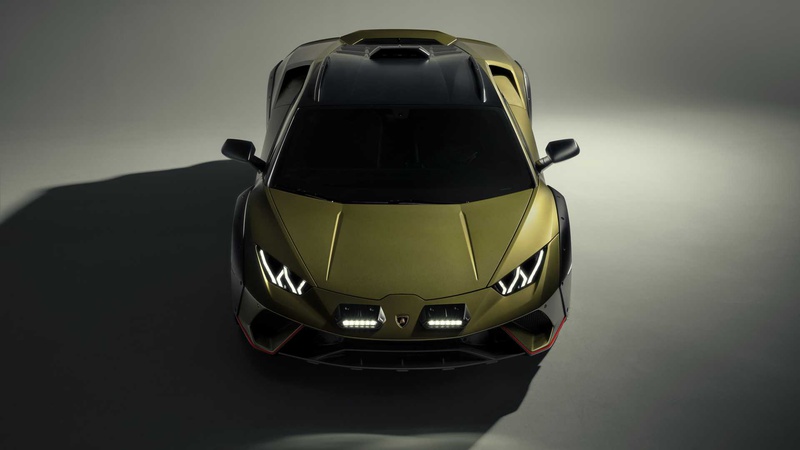
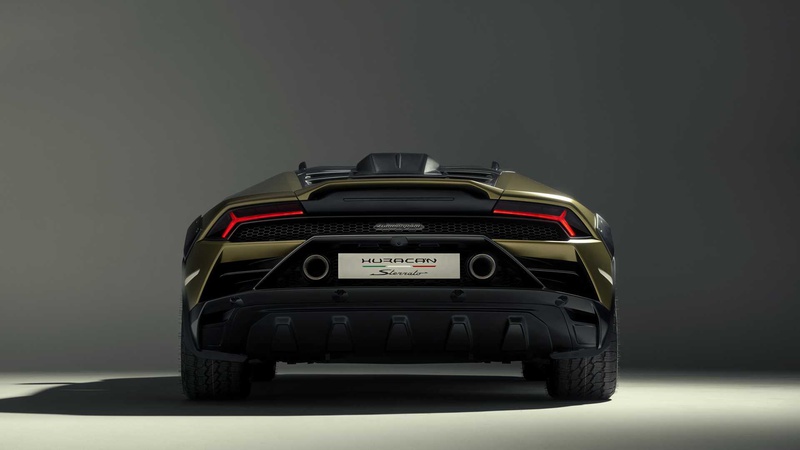




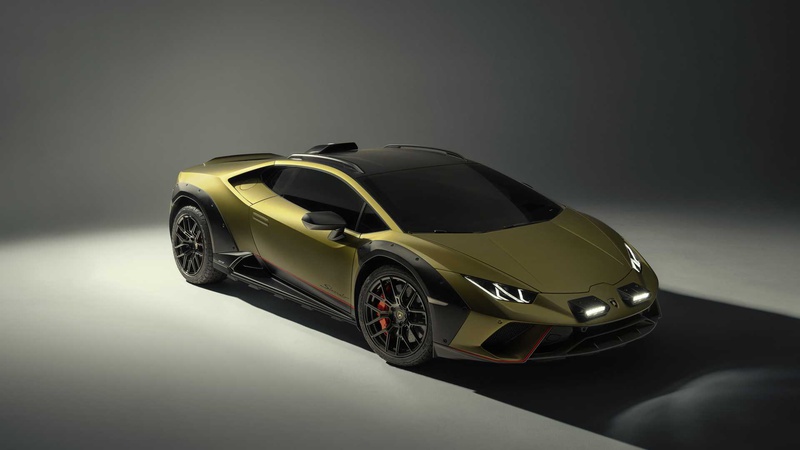

Lamborghini Huracan Sterrato
Power for the Sterrato comes from a naturally-aspirated, 5.2-liter V10 tuned to develop 610 horsepower at 8,000 rpm and 417 pound-feet (560 Newton-meters) of torque at 6,500 rpm. Mid-mounted, it spins the four wheels via a seven-speed dual-clutch automatic transmission and a mechanical locking rear differential. Lamborghini quotes a 0-to-100 km/h (62 mph) time of 3.4 seconds and a 260-km/h (162 mph) top speed.
Lamborghini also added a driving mode called Rally, which joins the familiar Strada and Sport profiles. Six-piston front brake calipers that grip ventilated and cross-drilled carbon-ceramic rotors promise to help drivers make the most of the V10's power on and off the tarmac.

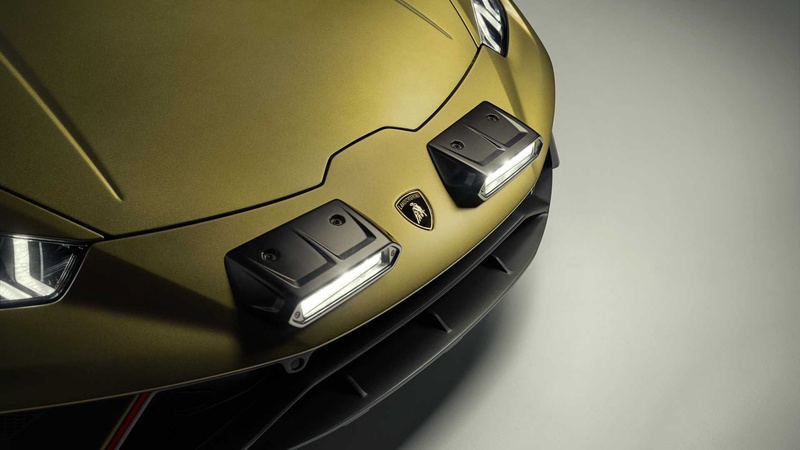

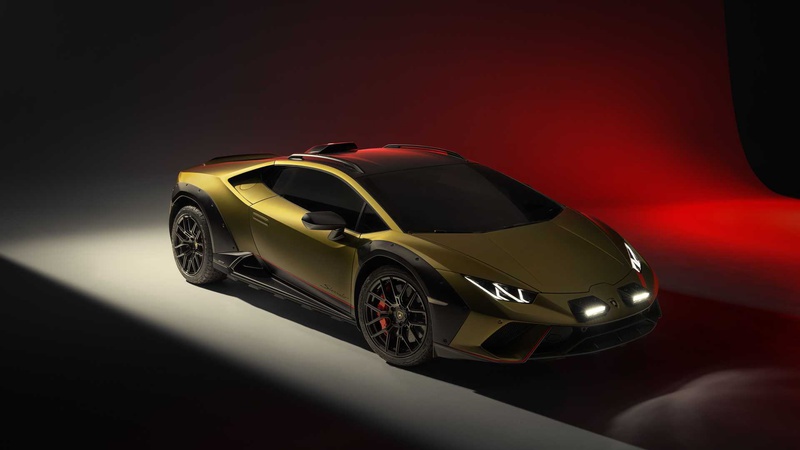
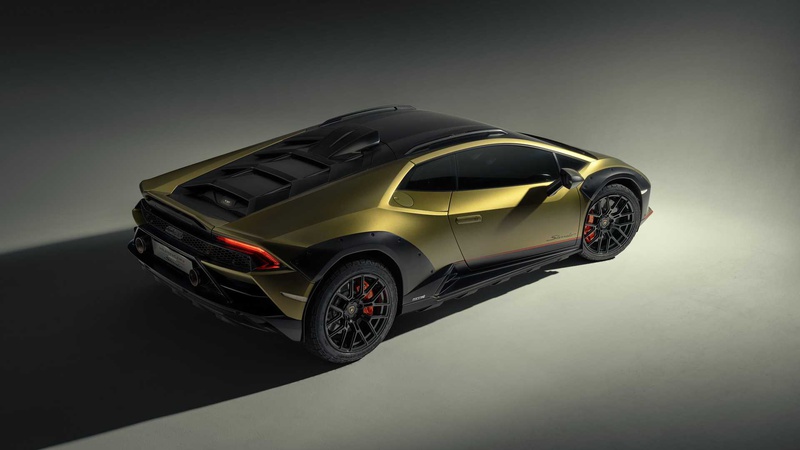

Lamborghini Huracan Sterrato
The infotainment system's touchscreen features redesigned graphics, and it can be configured to display an inclinometer, a compass, as well as a geographic coordinate indicator, among other data points. Like the regular, road-only Huracán, the Sterrato offers Amazon Alexa connectivity and is compatible with the Lamborghini Unica smartphone application.
Production for the new car model will begin in February 2023, and it will take place in Sant'Agata Bolognese, Italy. The pricing information has not been released yet.
Source: Autoblog
.jpg)
